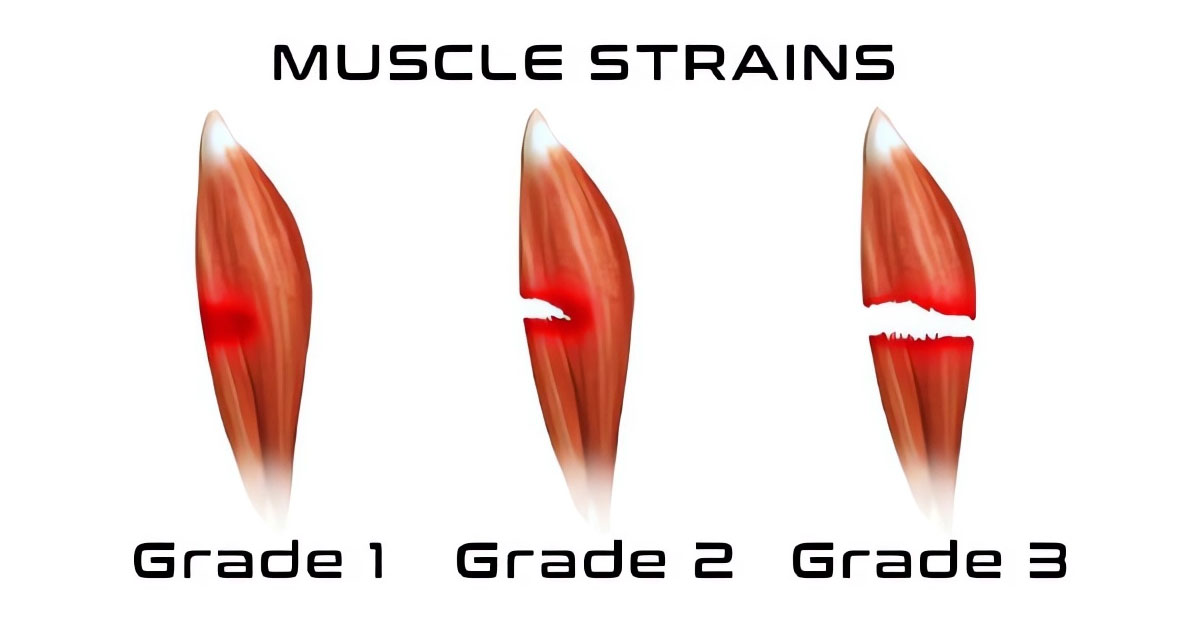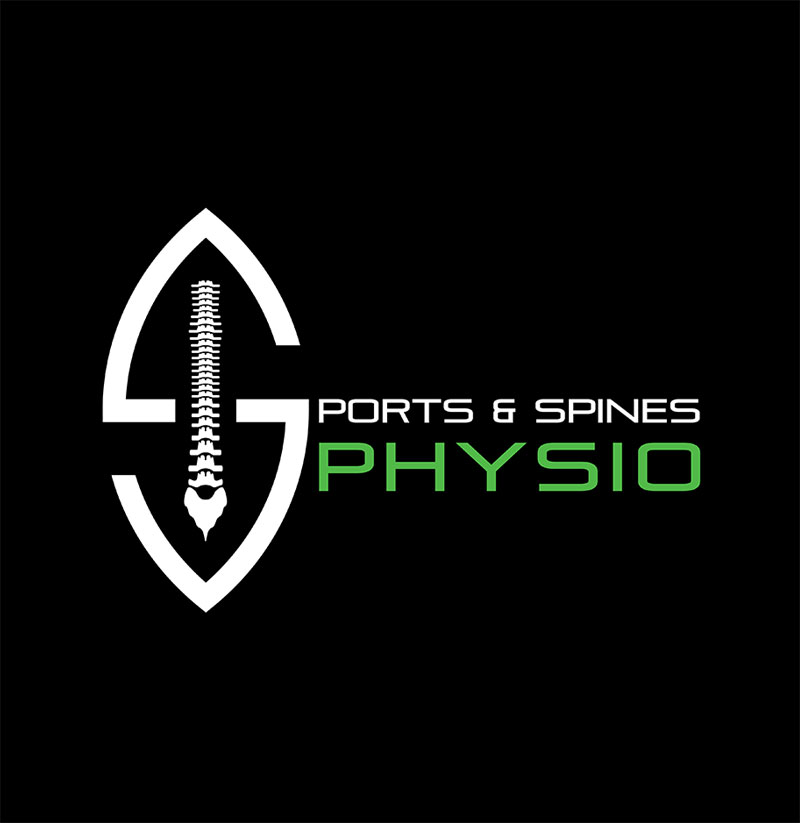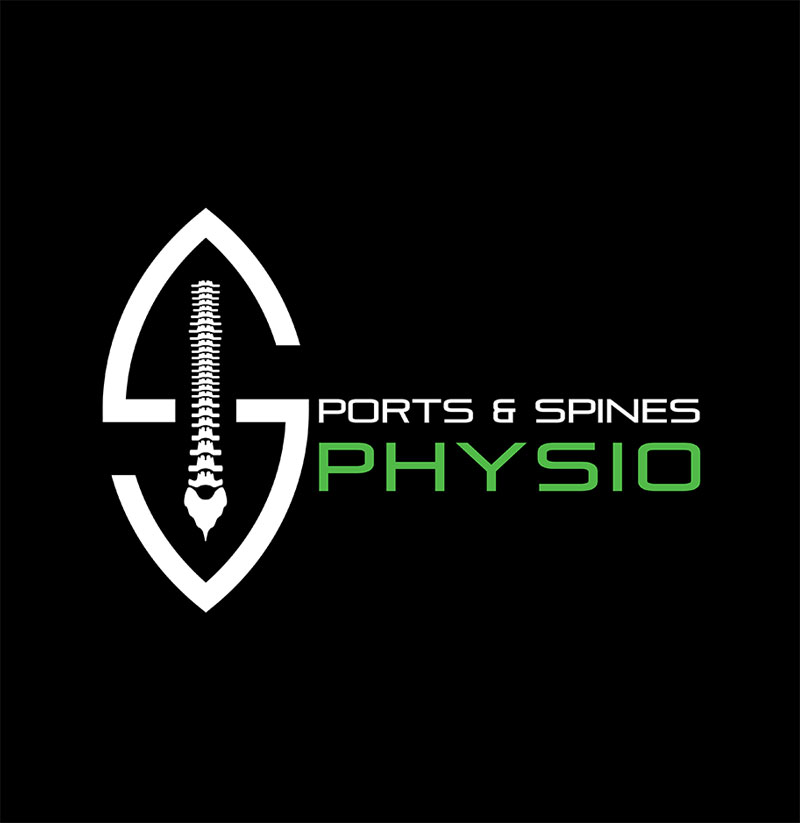
Muscle Tears/Strains
What is the difference between a muscle strain and a muscle tear?
There is no difference between a muscle strain and a muscle tear, the terms are interchangeable.
| Grades of muscle tear | Strain description |
|---|---|
| Grade 1 | Mild strain |
| Grade 2 | Moderate strain |
| Grade 3 | Severe strain or rupture |
The muscles most vulnerable to injury are those crossing two joints, such as the hamstrings, quadriceps or calf muscles. The mechanism of injury usually involves a sudden acceleration or deceleration force during which the muscle fibres fail to cope with load demands of the task.
Inadequate warm up, decreased joint range, muscle tightness, fatigue, muscle weakness, previous injury, muscle imbalance, technique and spinal problems can all predispose the muscle to injury.
Muscle injuries are classified into 3 grades
These grades help to direct the rehabilitation program and predict the healing time of the injury.
Grade I: A mild strain in which a few muscle fibres are stretched or slightly torn. The injured area feels tender and sore, but muscle strength is not affected.
Grade II: A moderate strain with more extensive damage to fibres. Along with being painful and tender, the area may swell and bruise, and you may notice a lack of strength in the muscle.
Grade III: A severe strain that causes the muscle to tear all the way through. You might notice a “pop” when the muscle breaks from the tendon or separates into two pieces. Symptoms include pain, swelling, tenderness, discoloration of the skin and total loss of function in the muscle. You may also notice a dent under the skin.
There are 3 phases in the healing of muscle tears:
The Inflammatory Phase (0-72 hours):
- Clot formation
- Swelling, pain and bleeding are at their worst.
Do: ice, compress, rest, elevate when possible Don’t: stretch, massage or use massage gun, take non-steroidal anti-inflammatory medication (NSAIDs), apply heat creams
The Proliferation Phase (3days – 6 weeks)
- Inflammation begins to settle
- Extracellular, collagen matrix (scar tissue) begins being laid down.
- Reduction in pain
Do: gentle stretches and isometric strengthening to begin with (exercise helps remodel the scar tissue), light massage, may start taking NSAIDs Don’t: over stretch or overload the injured site too early causing pain, resume activities if they cause an increase in pain
The Remodelling Phase (2weeks – months)
- Muscle tissues forms and is strengthened
- Increased collagen fibre organisation
- Improved tissue capacity
- Pain decreases, strength and function increases
In response to loading, the body will lay down new tissue and reorganise scar and other tissue in order to help strengthen and support the healing tissue. A rehab program can be provided by your physiotherapist, involving a progressive increase in stretch and load to the muscle as well as a graded return to training program will ensure that the muscle is able to cope with the load demands of the sport and decrease the risk re-injury.
What does physiotherapy provide?
You can start physiotherapy after the initial 48-72 hours of the injury.
Physiotherapists can perform hands on treatments to assist in scar tissue alignment, muscle pliability and pain reduction. Dry needling in the muscles that surround the site of injury or muscle pull can also help the healing process.
Your physiotherapist should also provide you with a tailor made exercise programme designed to progress you as quickly and safely through your rehabilitation and back to your sport, activity and normal everyday tasks.

